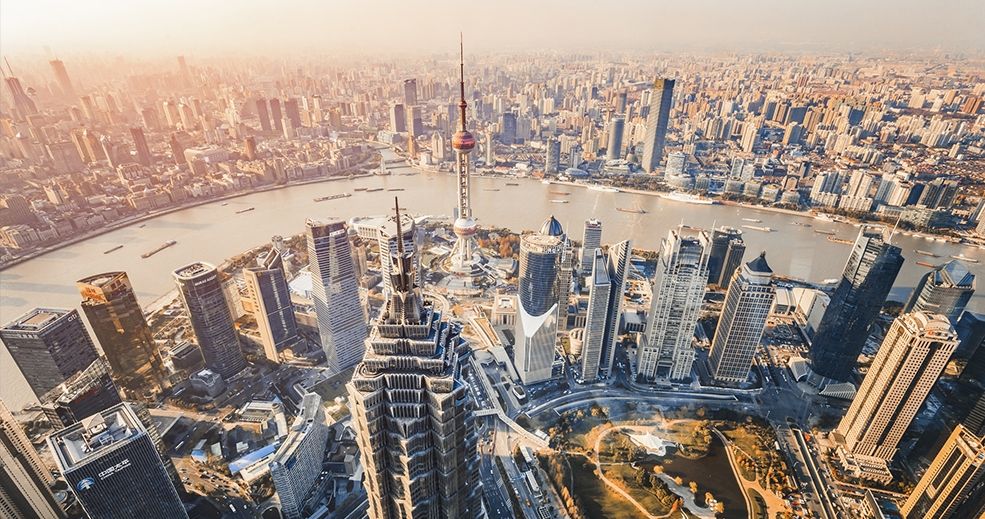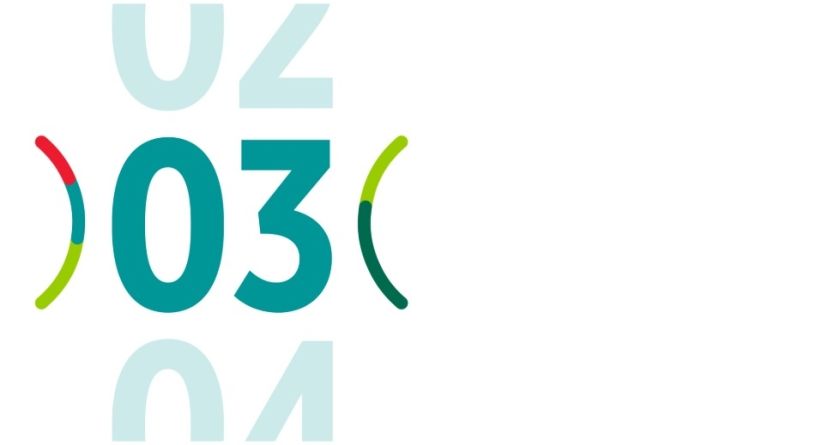
After 20 years of intensive growth, China is getting (re)acquainted with the economic cycle. While it’s far too early to speak of recession – except in the property sector, which is in the grip of a deep and lasting crisis – the economy is certainly slowing, albeit more in some sectors than others.
It would clearly have made no sense to believe that China could continue to grow at 7% a year ad infinitum. Nevertheless, from the perspective of China’s convergence and, above all, its quest to become the leading global power, its economy is slowing too soon and too fast. The growth target of “around 5%” set in March should be achieved, but only thanks to a strong first quarter, after which growth soon tailed off again.
True to form, all economic stakeholders have instinctively looked to the Chinese authorities, who proved so efficient at getting the wheels turning again after the global financial crisis struck in 2008. This time, though, the government has taken its time responding, and unbridled spending is no longer an option. The hopes of markets, investors and businesses are surely in vain: the Chinese government is going to continue with the deleveraging campaign that began in 2016 and has made it quite clear that growth for growth’s sake is no longer a priority.
Normalisation is only just beginning
In the short term, however, the most urgent need is to create a confidence shock to free up some of the precautionary savings households have built up over the past three years. Having invested huge amounts in the property sector, consumers now find themselves facing some difficult trade-offs. Banks have been invited to cut deposit interest rates but the state of the labour market – which is no longer really reflected in statistics, published or otherwise – is a brake on dissaving.
New investment in property is also slow despite government incentives (lowering the minimum down payment ratio and easing the rules on multiple property ownership), with households fearing that prices will continue to fall. With financial markets still relatively undeveloped for personal investors, most people are opting to wait and see what happens. And minor victories like stronger than expected retail sales in August (up 4.6% year on year, compared with a consensus forecast of 3%) are not enough to be able to say that confidence has been restored.
There is one indicator that reflects the state of the economy and demand: inflation. After briefly dipping below zero in July (-0.3% year on year), it came in at 0.1% in August. This points to both consumers’ lack of appetite to spend and the ongoing normalisation of asset prices in both the real estate and equity markets.
What drivers can the economy count on in the short term?
With households still jittery, consumer spending cannot be counted on to kick-start the economy. While the government’s decision to no longer publish youth unemployment statistics might appear trivial, it constitutes a communication error that’s difficult to understand: when it comes to setting economic expectations, uncertainty is even more harmful than knowing the worst.
Nor can foreign trade be relied upon to get the economic engines going again: exports were down 8.8% year on year in August after year-on-year declines of 12.4% in June and 14.3% in July. Another part of the reason why the contribution of net foreign trade to growth was negative (-0.6 percentage points) in the second quarter is that imports have been falling less quickly than exports. In August, the trade surplus, which had been approaching $1 trillion, returned to its June 2022 level, coming in at $820 billion – still well above its pre-Covid level of around $450 billion.
Although Chinese exports to South-East Asia have remained buoyant in the second and third quarters of 2023, they do not make up for the slowdown in demand from the rest of the world, particularly Europe and the United States. And, whether this slowdown is the result of a less favourable economic climate or a change in supply strategies driven by geopolitical considerations, the outcome is the same: export volumes are not going to return to the levels seen in 2021/2022.
However, we must not be too quick to write off the Chinese industrial and manufacturing complex. While the geopolitical context has undeniably changed, China’s infrastructure, supplier ecosystem and logistical expertise are still head and shoulders above those of its main Asian competitors like Vietnam, India and Malaysia.
In the short and medium term, then, industrial production is likely to continue to play an important role in the structure of growth, particularly in manufactured goods associated with the ecological transition. For example, China is now the leading manufacturer and exporter of electric vehicles, though the European Union’s recent announcement that it wants to investigate Chinese government subsidies in this sector could put the brakes on China’s expansionist ambitions in some markets.
In spite of expectations, the Chinese authorities are unlikely to adopt a highly expansionary fiscal policy. They have been very clear that the priority is to deleverage and clean up the property sector, though it will probably take years to get over the crisis. In recent months, many parallels have been drawn between present-day China and the Japanese real estate crisis of the late 1980s.
While the consequences currently appear similar (disinflation – perhaps even deflation – and the risk of a liquidity trap given the Chinese central bank’s highly accommodative monetary policy), the causes and the general economic backdrop are very different. For the time being, household over-indebtedness is not the problem in China that it was in Japan, or in the US in 2008. The real estate bubble was mostly driven by developers and the Ponzi scheme they had established, with the more or less conscious complicity of local councils, which derived a growing percentage of their income (up to 40%) from selling off land. So the Chinese authorities are now engaged in a balancing act in which they must deleverage property developers and see to it that work gets back underway on projects already paid for while ensuring that prices do not fall too far lest the crisis put too much pressure on households and the banks that hold their mortgages – hence the emphasis on a volume-based adjustment (via housing starts) rather than a price-based one.
Unlike the Japan of the late 1980s, China is still an emerging country where the promised benefits of administered development around the periphery (“Tier 3” cities and below) have failed to materialise, giving rise to the risk of a K-shaped trajectory where Tier 1 and Tier 2 cities, under continuing demographic pressure, recover while the rest of the country continues to languish. This is also a failure of the government’s policy to reduce inequality and foster “common prosperity” in a country where the gap between the centre and the periphery will only continue to widen. Lastly, it’s important to bear in mind that this crisis has come at a time when Chinese per capita GDP is well below its Japanese equivalent at the time of the real estate crisis.
It would be a grave error to write off China and its growth ambitions now. Its assets include a strong manufacturing sector, a huge domestic market and sector-specific policies that are beginning to bear fruit in some areas, such as electric vehicles. In the short term, though, it’s hard to imagine what future growth drivers might be able to make up for China’s weakened property sector, which has accounted for as much as 25% of GDP over the past 20 years.
Sophie Wieviorka







